Betting on Marketing Personas: Improving the Odds of Digital Marketing Campaigns
Before we can effectively market to our prospects, we first need to understand what common traits and behaviors they share.
Every marketing campaign is like a game of roulette — you place your bet on a message, spin the wheel to get it into circulation, and cross your fingers that the ball will drop into the right channel. If the right message meets the right customer, you take your winnings to the bank.
You win… if your bet is correct.
The success of your social media posts, Google ads, landing pages, and websites can often seem like a high-stakes gamble — more luck than anything else. What can you do to help shift the odds of success in your favor?
Personas
You can start by seeing your customers not as market segments, but as real people who have shared preferences, behaviors, motivations, and desires. These shared traits form marketing personas. If you use personas in your message creation and targeting, you’ll have a better chance of hitting the jackpot with each new campaign you launch.

Marketing Segments & Quantification
Marketers use data segmentation to classify various types of customers into specific groupings. To form these segments, they usually use quantifiable data such as:
-
Demographics
-
Purchase Behavior / Buying Patterns
-
Identity / Affiliations
An example of a market segment might be:
Divorced white female suburban college grads in the Upper Northwest who have an average of 3.4 children and purchased a home in the last three years.
Dividing customers in this way often produces dozens of segments — each of which fail to reveal much about each group’s unique psychology, preferences, or behaviors. This approach forces marketers to juggle numerous segments without a clear concept of what makes each tick. The result is the creation of dozens of campaigns or variations of campaigns that may not find their targets and/or provide messages that recipients find compelling.
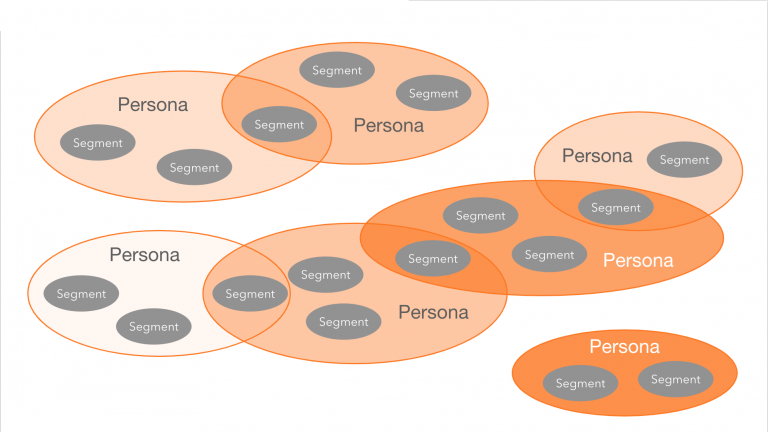
Personas & Psychology
To create personas, marketers cross-tabulate data to find common attitudes, preferences, motivations, and behaviors. This often requires research that focuses on data that reveals psychological and behavioral insights — research that includes qualitative surveys, focus groups, and ethnographic interviews.
To form personas, marketers take their market segmentation data and analyze and differentiate their customers by looking at the following:
-
Psychographics
-
Behaviors
-
Messaging Preferences
Psychographics
Marketers who create personas look for common attitudes and aspirations among their market segments. They use this filter to examine customer needs and goals and how these inform their values. When people speak of the personality traits associated with particular generations — such as Millennials or Boomers — they are talking about the shared psychographic characteristics of a particular demographic.
Each marketing persona should have unique and differentiated needs, attitudes, aspirations, and values. This will help clarify and refine insights into what motivates your customers and will allow you to create campaigns that are emotionally compelling.
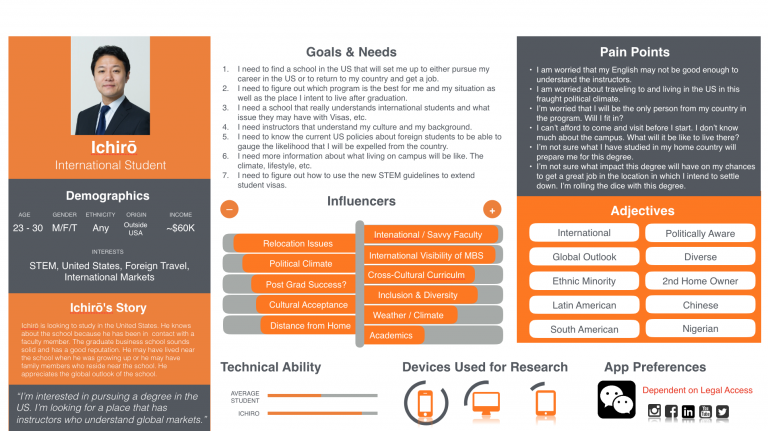
Behaviors
Similar to the use of psychographics, analyzing common behaviors among your market segments will reveal how your customers experience your brand. Conducting ethnographic interviews and examining your marketing campaign and website analytics will help you track your customer’s first contact points all the way to conversion and beyond. This will allow you pin-point accuracy in creating campaigns and webpages that target a particular persona.
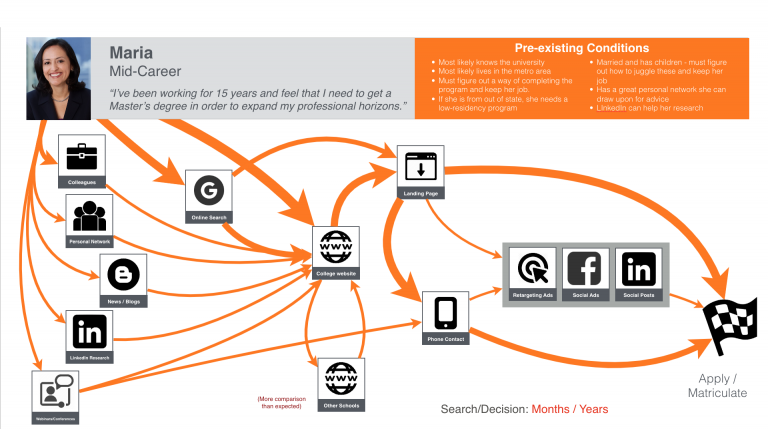
Customer Journeys
Once marketing contact points are established for each of your personas, it’s often helpful to create customer journey maps. These outline in greater detail the persona’s needs, preferences, and emotional states during each stage of their journey from first contact through conversion and beyond. Customer journeys give you the insight you will need to create marketing strategies that effortlessly find your customers and deliver motivating messages that encourage engagement.
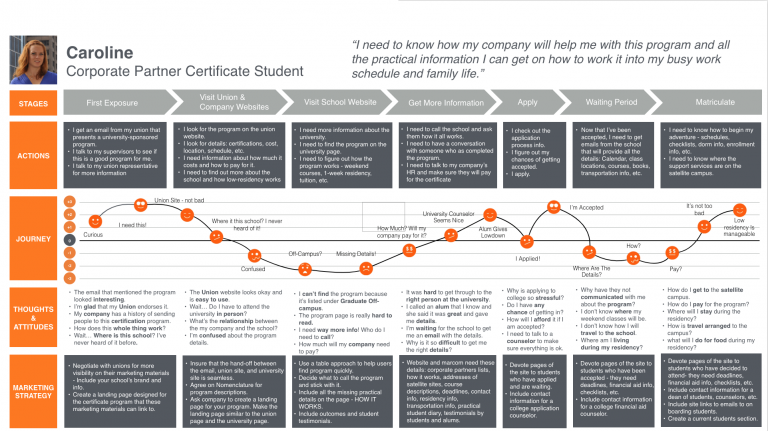
Messaging Preferences
Creating personas requires data and behavior analysis, but it also relies on quite a bit of insight into the human mind. Once you have created your personas, documented their behaviors, and outlined their journeys, you can begin to anticipate how best to create messages that will have the most impact. Focus groups and other ethnographic research techniques that feature messaging preference evaluation will allow you see the world through your customer’s eyes and help you create marketing campaigns that they will find irresistibly compelling.
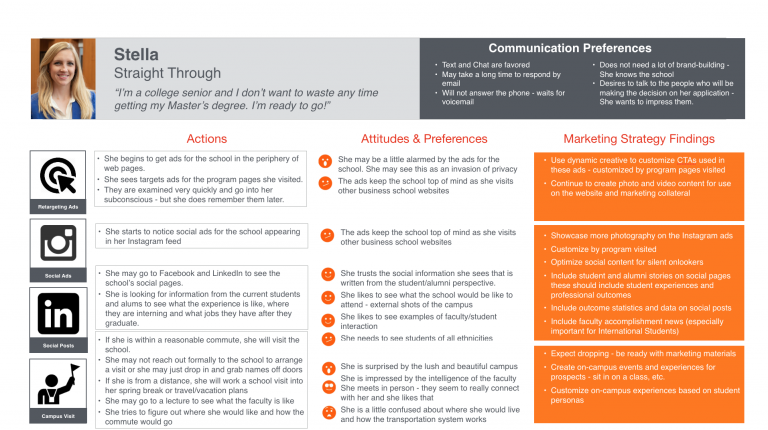
Hedging Your Bets
There is a bit of art that goes into generating marketing personas. They are similar to the characters a playwright or screenwriter creates for a play or film. The more detailed and realistic the characterization, the more believable they are to the audience. The more research you conduct, the more details you can provide, they better your chances that your personas will reflect real customers. Using personas to create, plan, and implement your marketing campaigns will help to minimize the guesswork and risk and ensure a healthy return on your digital marketing investment.
For the risk averse, personas are an essential tool to help hedge your digital marketing bets.